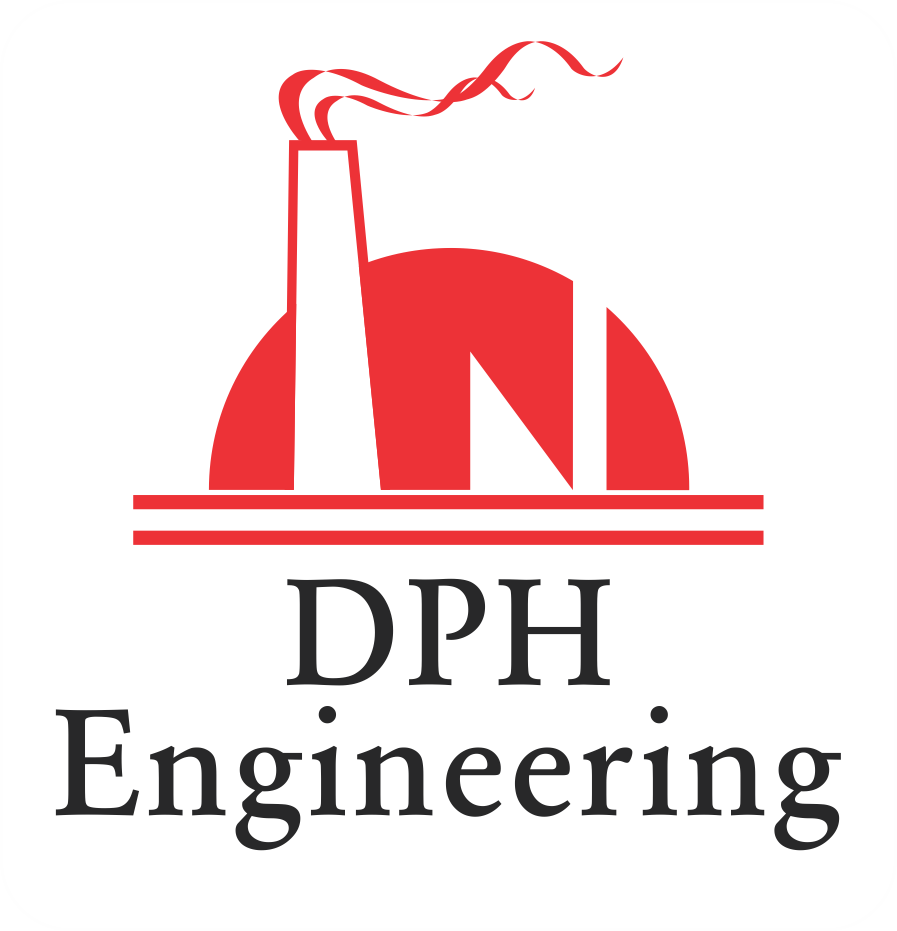A conveyor belt is a type of material handling system used to transfer supplies, materials, and components in an uncomplicated and effective manner that reduces costs, time, and energy.
The main goal of most conveyor systems is to let you look at things and move them around your building, but you can’t do either of those things without a proper handling system.
Conveyance systems designed with conventional metallic parts may eventually start to exhibit symptoms of wear and tear, necessitating unwelcome maintenance and downtime. Your project’s performance is directly affected by how well the equipment works. This is true whether your system loses traction because of a lot of use, stiffens from rust, or corrodes because of exposure.
Conveyer belts have a wide variety of purposes and are seen in many different types of manufacturing facilities. The efficiency of conveyor belt systems assists in enhancing productivity, saves on labor expenses, and minimizes lead times. When conveyor belts are used, a lot of items can be moved quickly and reliably from one place to another for shipping, more processing, or storage.
Conveyor systems are widely used due to their ability to save labor expenses, speed up the delivery of items, and protect those commodities from being broken or ruined in transit. They offer exceptional quality at rock-bottom prices.
Roller Bed Conveyor Belt
Rollers of the appropriate weight and diameter are mounted on the surface of a roller bed conveyor belt, which moves the product along at the desired rate. The number of rollers used in a roller bed conveyor belt is based on the belt’s length.
Applications, where materials are loaded by gravity, are ideal for use with a roller bed conveyor belt. Because of the low coefficient of friction of the conveyor belt material, they are the best option when transporting items across long distances.
Flat Belt Conveyor Belt
A flat belt conveyor belt moves supplies and materials by using a number of pulleys. Its belt is constructed from either natural or synthetic materials, making it adaptable to a variety of settings and uses. A flat belt conveyor belt occasionally has nose bars and a center drive.
DPH Engineering is Authorized Distributors for the Indian Market for various global brands who are leaders and pioneers in their industries. DPH has an overall experience of over 50 years of working with top brands and marketing its products all over India. We have specialized in Material Handling Equipment needs since our establishment. We deliver all types of conveyor belt materials across the country.
| COMPOUNDS | FEATURES | AbrasionResistance | ImpactResistance | ColdResistance |
| SWR | High abrasion resistance | AA | A | A |
| UWR | Ultimate abrasion resistance | AAA+ | A | A |
| UR | Impact resistant for heavy ore and high chutes | AA | AAA | A |
| IceGuard AR | High impact and abrasion resistance under extreme lowtemperature | A | AA | AAA |
ABBREVIATION KEY
| AS = Antistatic | HD = Heavy Duty | SOR = Super Oil Resistant |
| B = Bare | LI = Light Impression | WPHP = Woven Polyester High Permeability |
| C = Cover | MOR = Moderate Oil Resistant | WPLP = Woven Polyester Low Permeability |
| COS = Cover On Side | MSHA = Mine Safety Health Administration | WPMP = Woven Polyester Medium Permeability |
| C/P = Cotton/Polyester Blend | MSK = Mini Skim | |
| CR = Cross Rigid | PIW = (Per Inch Width) area 1 inch wide x 1 foot long | |
| FBS = Friction Both Sides | RC = Release Cover | |
| FI = Fabric Impression | SB = Slider Bed | |
| FS = Friction Surface | SC = Static Conductive | |
| FR = Flame Resistant |

